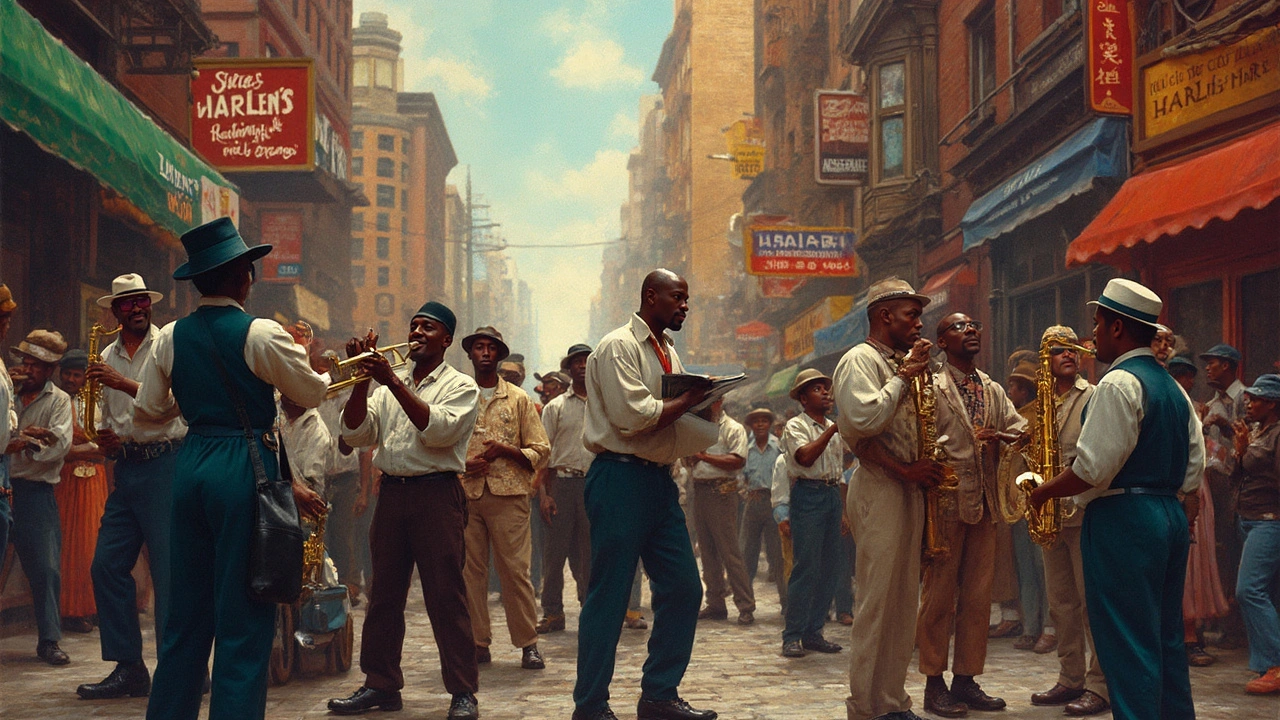Influential figures in art: who to study and how to learn from them
Some artists and thinkers changed how we look at the world, and their fingerprints are everywhere — in buildings, paintings, posters, and even apps. You’ve probably seen Bauhaus shapes, Harlem Renaissance themes, or photorealism portraits without always knowing the names behind them. This page helps you find the real people, spot their influence in everyday design, and use their ideas in your own projects.
Pick a name, then look for real work
Don’t try to memorize a laundry list. Start with one figure or one small group. For example: choose a Bauhaus designer and study a single chair or poster they made. Or pick a Harlem Renaissance writer and read one short story or poem. Look closely at the original pieces — photos, sketches, letters, or recordings. Originals show choices: color, rhythm, material, or wording. Those choices are the lessons you can copy and test.
Use smart sources. Museum pages, exhibition catalogs, and focused essays (like the posts here on Bauhaus and the Harlem Renaissance) give context and examples in plain language. Avoid long, general surveys at first — they mix too many names and ideas. One short, clear article plus a few images beats ten long books when you’re starting.
Read the why and copy the how
Influential figures weren’t famous just because they made pretty things. They solved problems. Bauhaus designers fused craft and function to make things cheaper and clearer. Photorealism artists solved how to trick the eye with paint. Fluxus artists changed how audiences take part in art. Ask: what problem did this person solve? Then try to solve a similar problem using their methods, not their look.
Practice with small exercises. Recreate a composition to learn the choices behind it, then change one element — scale, color, or material — to see the effect. If you study a Harlem Renaissance poet, write a short piece that uses the same themes but in today’s voice. If you study installation art, design a tiny immersive setup in a hallway or a window.
Connect the dots between movements. Many “influential figures” show up across styles: a Bauhaus idea pops up in modern furniture, or Primitivism ideas reappear in 20th-century painting. When you notice those links, you start to understand influence as a chain, not a list of names. That awareness will change how you read museums and galleries.
Finally, make notes you can return to. Save images, jot quick thoughts about what worked and what didn’t, and collect short quotes. Over time those small records turn into a useful map of influence you can use for your own art, design, or writing.
Want specific starting points? Check the linked posts on this tag — from top photorealism artists to the key figures of the Harlem Renaissance and the ideas behind Bauhaus. Pick one article, pick one piece, and start experimenting today.

